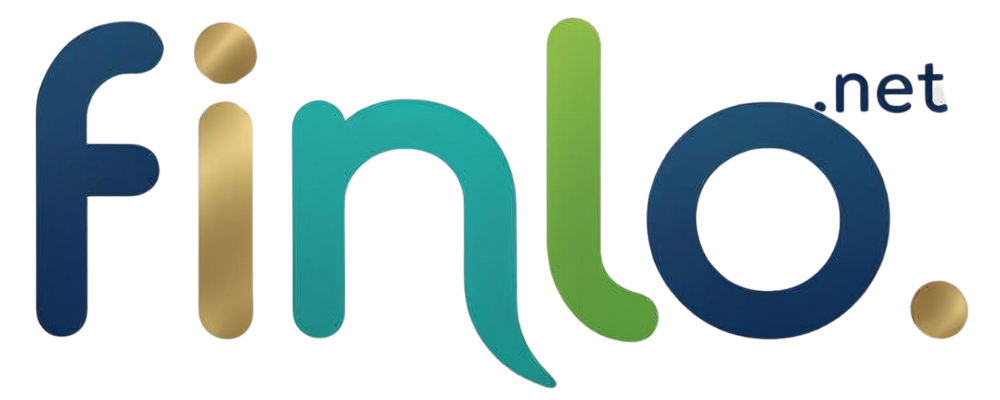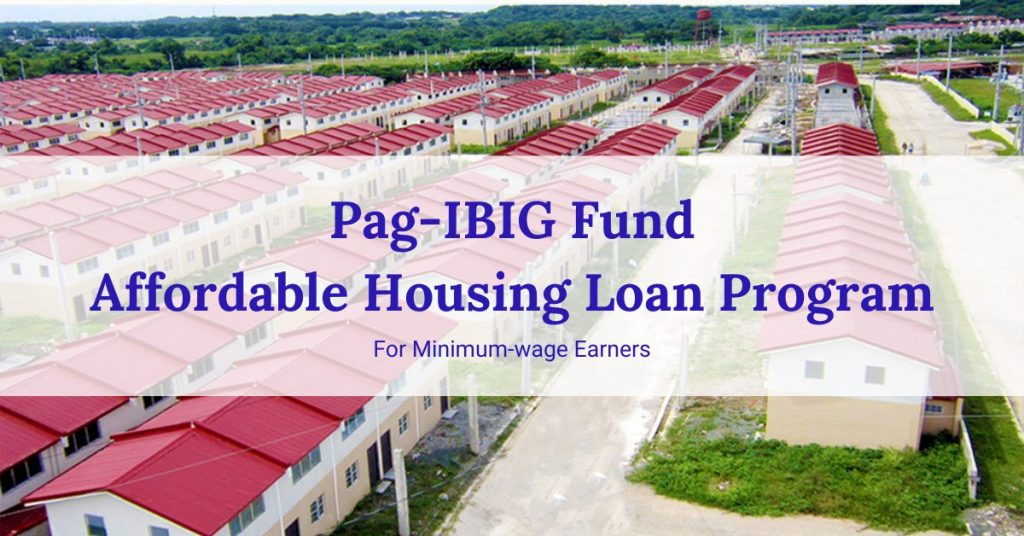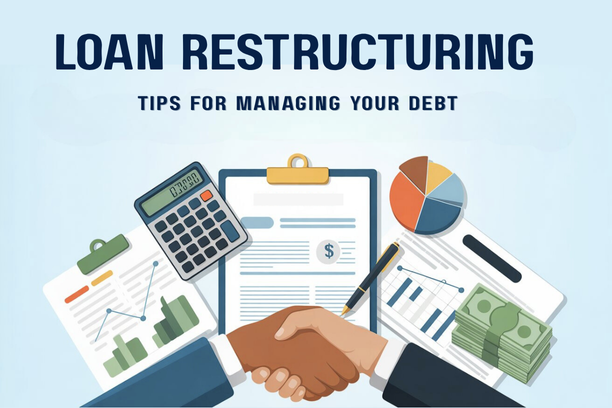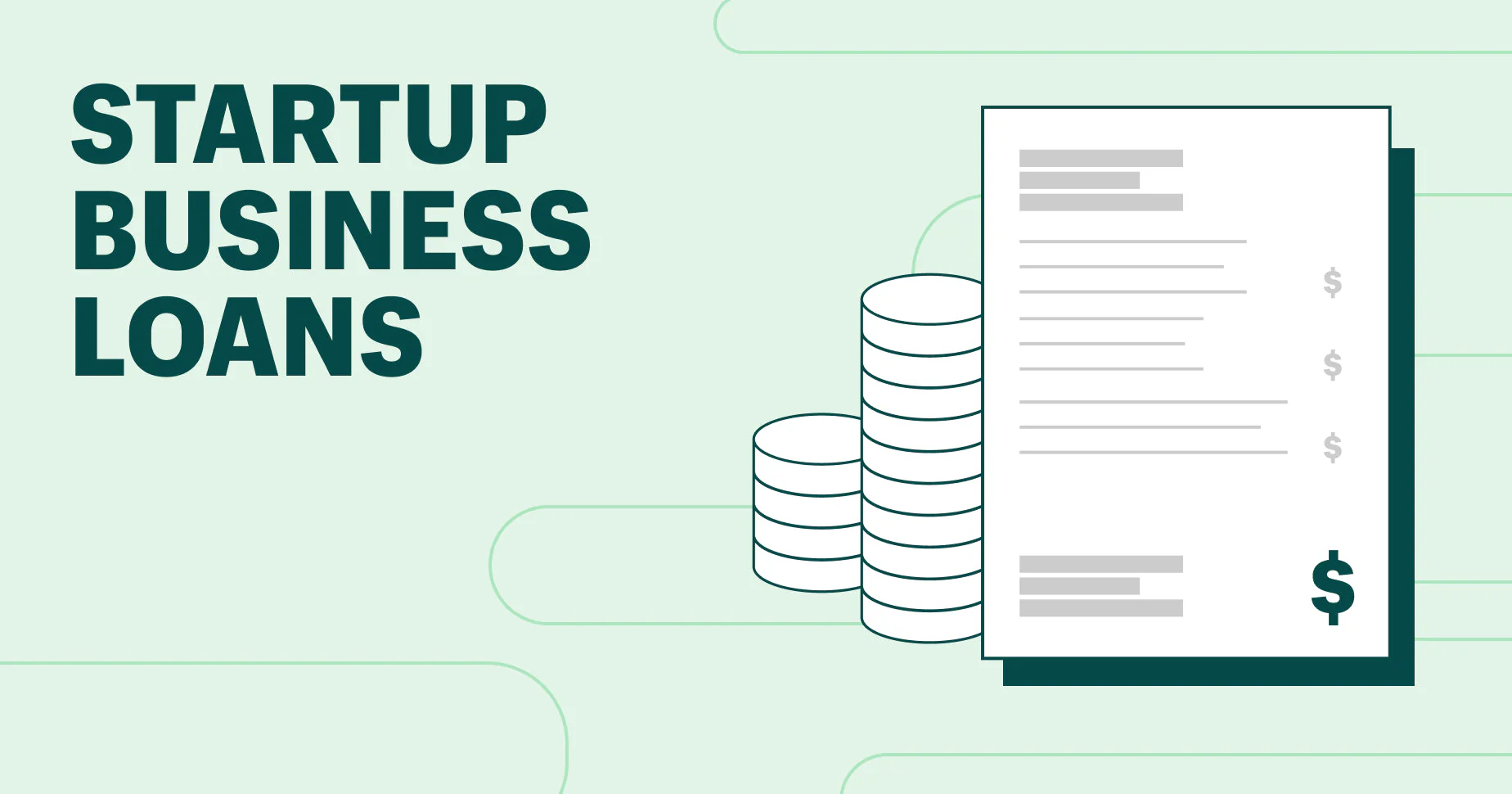For many Filipinos, the dream of owning a home feels out of reach due to financial constraints. The high cost of properties, coupled with stringent lending criteria from commercial banks, often makes securing a home loan a formidable challenge, especially for minimum-wage earners and those with a limited income. However, the Philippine government, through its various agencies, is deeply committed to making this dream a reality for all. This comprehensive guide will explore the best affordable housing loans for low-income earners, focusing on the flagship programs designed to make homeownership accessible, sustainable, and truly attainable for every Filipino family.
1. The Filipino Dream: Homeownership for All
The desire to provide a safe and stable home for one’s family is a universal aspiration. In the Philippines, this dream is particularly strong, and a home is often seen as a cornerstone of financial security and a symbol of success.
The Challenge of Homeownership for Low-Income Earners
Low-income earners, which include minimum-wage workers, freelancers, and small business owners, face unique financial barriers when it comes to homeownership.
- High Cost of Properties: The price of a decent home in urban and even rural areas continues to rise, far outpacing the growth of wages. This makes it incredibly difficult for low-income earners to save up for a significant down payment, which is often a prerequisite for a home loan.
- Strict Lending Criteria: Commercial banks typically require a high and verifiable income, a long tenure with an employer, and a strong credit history. These requirements often exclude a large segment of the population, leaving them with limited financing options.
- High Interest Rates: Without access to a specialized loan, low-income earners might be forced to consider informal lenders or other financial products with prohibitively high interest rates. These loans can lead to a cycle of debt, making homeownership even more elusive.
This is where specialized government-led initiatives become crucial. They are specifically designed to address these challenges, providing an alternative and supportive pathway to homeownership that is both accessible and financially sustainable. Understanding the availability and mechanics of affordable housing loans for low-income earners is the first step toward overcoming these barriers.
The Government’s Commitment to Affordable Housing
The Philippine government recognizes that a stable housing sector is vital for national development. To address the housing needs of its citizens, several key agencies have been established with the primary mission of providing affordable and decent housing for all.
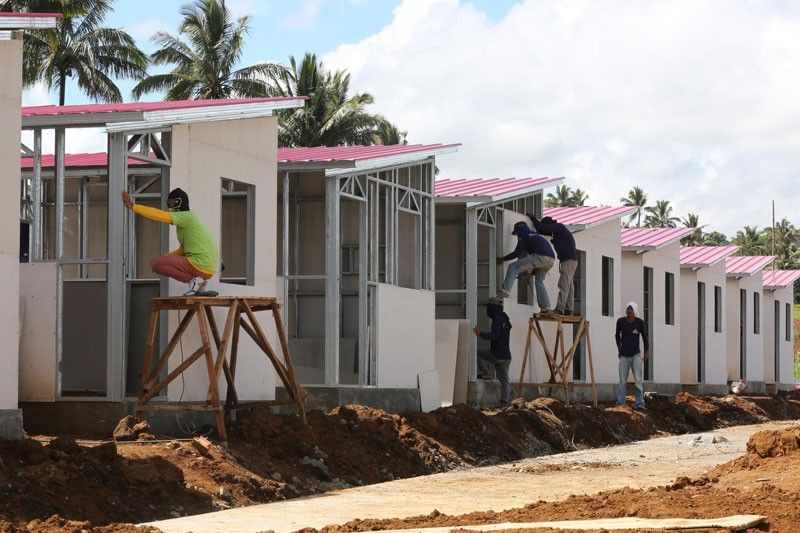
- Pag-IBIG Fund (Home Development Mutual Fund): Pag-IBIG is the most prominent and impactful of these agencies. As a provident fund, it pools the mandatory contributions of its members to provide a sustainable source of funds for housing loans and other benefits. Its programs are specifically structured to offer low interest rates and long repayment terms, which is a game-changer for many aspiring homeowners.
- Social Housing Finance Corporation (SHFC): A key shelter agency, the SHFC is dedicated to providing financing for socialized housing programs. Its main focus is on providing flexible, affordable, and innovative financing solutions for low-income communities.
- Department of Human Settlements and Urban Development (DHSUD): This department is the primary government agency responsible for the management of housing and urban development. It oversees and coordinates various housing programs, including the Pambansang Pabahay Para sa Pilipino (4PH) program, which aims to build one million houses a year to address the country’s housing backlog.
These agencies form a robust support system, offering a clear and well-defined path to homeownership for those who need it most.
2. The Best Option: The Pag-IBIG Affordable Housing Program
For most low-income Filipinos, the Pag-IBIG Fund’s Affordable Housing Program (AHP) is the most viable and highly recommended choice. It is the gold standard for affordable housing loans for low-income earners in the country.
Features That Make Homeownership Attainable
The AHP is designed with the unique financial situation of low-income earners in mind, offering a suite of features that make homeownership not just a dream but a tangible goal.
- Ultra-Low Interest Rate: This is the most significant advantage of the AHP. For a loan of up to PHP 580,000 for socialized housing, Pag-IBIG offers an incredibly low interest rate of just 3% per annum, which is fixed for the first five years. This rate is far below any commercial bank’s offering and is a substantial subsidy from the government. For other affordable housing packages, rates remain very competitive, significantly reducing the borrower’s monthly payments and the total cost of the loan over its lifetime.
- Generous Loanable Amount and Repayment Term: The program offers a maximum loanable amount of PHP 750,000 for socialized housing and up to PHP 2 million for other affordable housing projects. These amounts are often enough to secure a decent and well-built home. The repayment term can be extended for up to 30 years, which results in very low monthly amortizations, making them well within the capacity of a minimum-wage earner to pay.
- Flexible Loan Purposes: The loan is not just for buying a ready-for-occupancy home. It can be used for the purchase of a residential lot, the construction of a house on a lot you already own, home improvement, or even to refinance an existing home loan. This versatility allows low-income earners to pursue the homeownership path that best suits their needs.
These features collectively make the Pag-IBIG AHP the single most effective tool for affordable housing loans for low-income earners.
Eligibility and The Simple Requirements
The eligibility criteria for the Pag-IBIG AHP are designed to be inclusive, ensuring that as many members as possible can avail of the program.
- Income Threshold: To qualify as a low-income borrower for socialized housing, your gross monthly income must not exceed the following caps:
- PHP 15,000 for borrowers in the National Capital Region (NCR).
- PHP 12,000 for borrowers in other regions.
- For other affordable housing loans up to PHP 2 million, the income cap is set at PHP 40,000.
- Pag-IBIG Membership: You must be an active Pag-IBIG member with at least 24 months of total savings. If you do not meet this requirement, you can make a one-time lump sum payment to satisfy the 24-month contribution requirement.
- Age and Credit Standing: You must be no older than 65 years old at the time of loan application and must have no outstanding Pag-IBIG housing loans that were foreclosed, canceled, or bought back.
The documentary requirements are also straightforward, typically requiring proof of income, two valid IDs, and the relevant property documents.
3. Navigating the Application Process
Applying for an affordable housing loan, especially with the Pag-IBIG Fund, is a clear and well-defined process. By following these steps, you can confidently take the first stride toward homeownership.
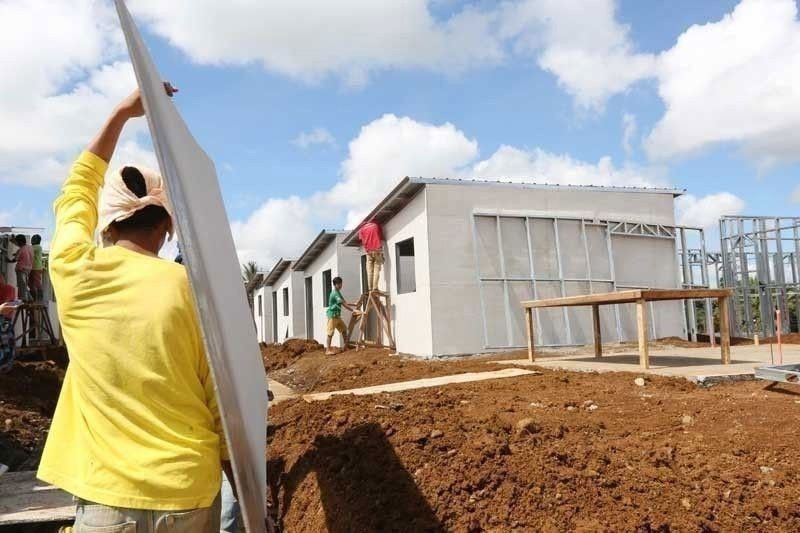
A Step-by-Step Guide for Low-Income Borrowers
The process for applying for an affordable housing loan for low-income earners through Pag-IBIG is a testament to the fund’s commitment to accessibility.
- Attend a Loan Orientation: Pag-IBIG provides free loan orientations at its branches and through online webinars. This is a crucial first step to fully understand the loan program, your responsibilities, and to get a better idea of the loan amount you can afford.
- Gather Your Documents: Based on your income source (employed, self-employed, etc.), gather all the necessary personal, income, and property documents. The Pag-IBIG website provides a detailed checklist for each borrower type.
- Submit Your Application: You can submit your application at any Pag-IBIG branch or through the Virtual Pag-IBIG platform. Ensure all your documents are complete to avoid delays.
- Wait for Loan Processing: The Pag-IBIG Fund will evaluate your application, conduct a credit investigation, and appraise the property.
- Sign Loan Documents: Once your loan is approved, you will be notified to sign all the necessary loan documents and register the mortgage with the Registry of Deeds.
- Receive Your Loan Disbursement: After all legal requirements are met, the loan proceeds will be disbursed to the property seller or developer.
- Begin Monthly Amortization: Your first monthly amortization payment will be due one month after the loan is disbursed.
Beyond Pag-IBIG: Other Government Programs
While Pag-IBIG is the most well-known, other government agencies also contribute to the landscape of affordable housing loans for low-income earners.
- Social Housing Finance Corporation (SHFC): The SHFC’s flagship Community Mortgage Program (CMP) is a special lending scheme that helps organized communities of low-income families purchase land and develop housing. It allows them to bypass the traditional credit and income verification processes of commercial banks by using a community-based approach.
- Pambansang Pabahay Para sa Pilipino (4PH) Program: This is a comprehensive national program that aims to build a million homes a year to address the housing backlog. Under this program, beneficiaries can avail of subsidies and lower interest rates on their housing loans, making homeownership even more affordable. The program works in partnership with local government units and key shelter agencies like Pag-IBIG.
Conclusion
The path to homeownership for low-income earners in the Philippines, while challenging, is far from impossible. With dedicated and subsidized programs like the Pag-IBIG Fund’s Affordable Housing Program, the government has created a clear and sustainable pathway for every Filipino to acquire a home. By understanding the low interest rates, the flexible terms, and the simple application process, you can confidently take the first step. The availability of affordable housing loans for low-income earners is a testament to the nation’s commitment to the well-being of its citizens, and it is a powerful tool for building a more secure and prosperous future.
